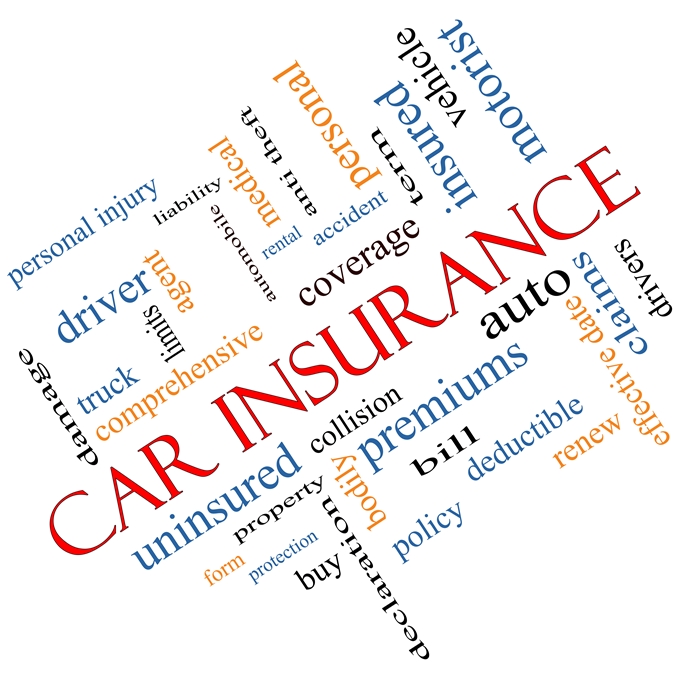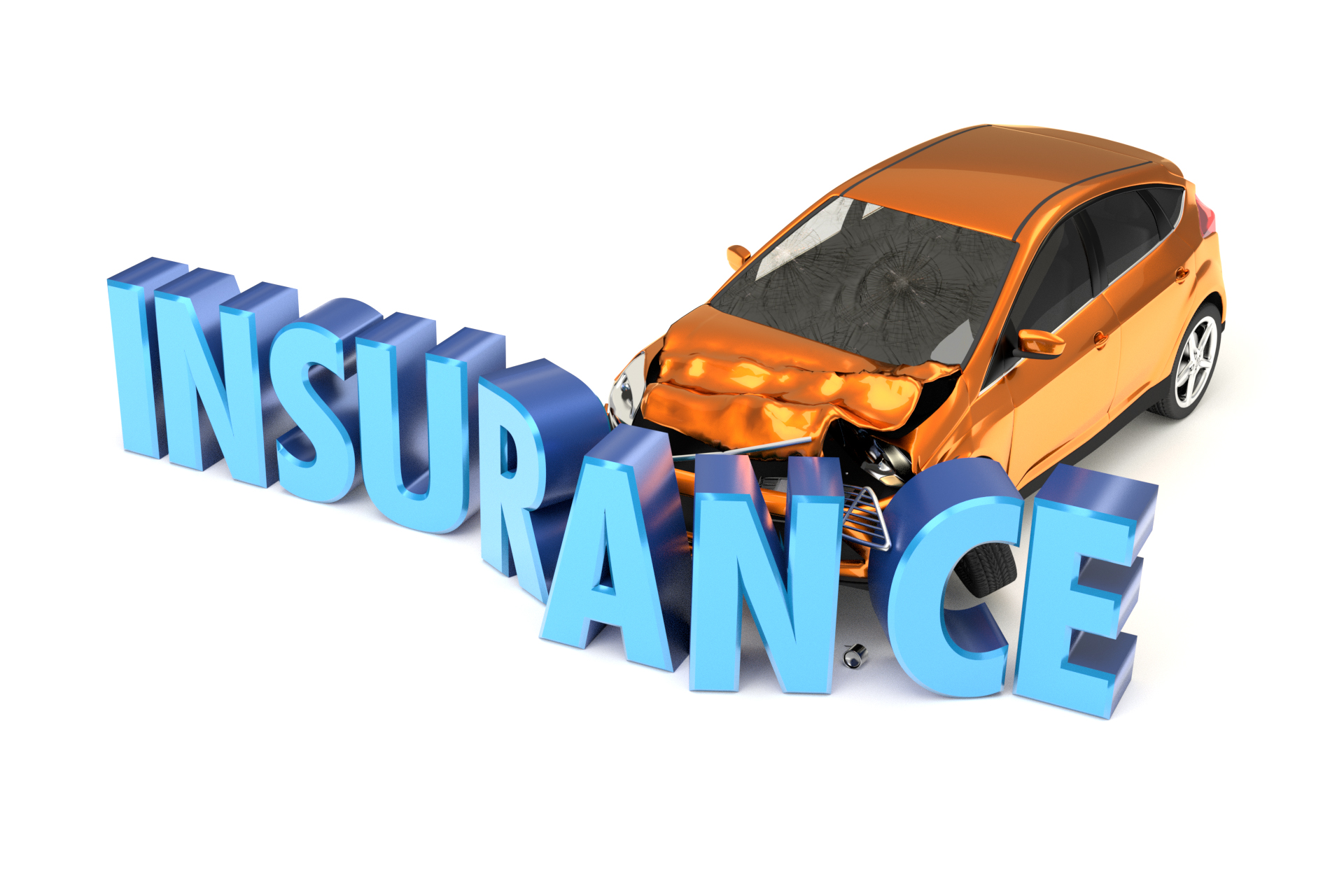Automobile Insurance Automobile Insurance: What Additional Coverage Should Be Purchased
Automobile insurance is a crucial aspect of owning and operating a vehicle. It serves to protect car owners against financial losses that can occur due to accidents, theft, or damage. Understanding automobile insurance can aid drivers in making informed decisions regarding their coverage options.
When considering automobile insurance, it is important to take into account the different types of coverage available. Each type plays a significant role in safeguarding against various risks associated with vehicle ownership:
- Liability Coverage: This is often mandatory and covers damages to others if you are at fault in an accident. It is generally divided into two categories: bodily injury liability, which covers medical expenses for others, and property damage liability, which covers the damage to another person's property.
- Collision Coverage: This type of insurance pays for damages to your vehicle resulting from a collision with another vehicle or object, regardless of fault. It can be pivotal for individuals with newer vehicles who need to safeguard their investment.
- Comprehensive Coverage: This offers protection against losses that are not caused by a collision. Events covered may include theft, vandalism, natural disasters, and animal strikes. Comprehensive insurance is especially beneficial for those living in areas prone to such risks.
- Personal Injury Protection (PIP): This coverage helps pay for medical expenses incurred by you and your passengers in the event of an accident, regardless of who is at fault. PIP can also cover lost wages and other related expenses.
- Uninsured/Underinsured Motorist Coverage: This protects you if you are involved in an accident with a driver who does not have sufficient insurance. It can help cover medical expenses and damages if the at-fault driver is unable to pay.
- Gap Insurance: This is relevant for individuals who have financed or leased their vehicles. Gap insurance covers the difference between what you owe on the car and its current market value if it is totaled in an accident.
Choosing the right automobile insurance policy involves analyzing your individual needs, preferences, and financial situation. Here are some factors to consider:
- Coverage Limits: Ensure that you understand the limits of each type of coverage, as they will dictate how much you can claim in the event of an accident.
- Deductibles: A deductible is the amount you pay out-of-pocket before your insurance kicks in. Choosing a higher deductible may lower your premiums but means more expense in the event of a claim.
- Premiums: Compare premium costs across different providers to find a policy that fits your budget while still providing adequate coverage.
- Discounts: Inquire about available discounts, which can reduce your premium significantly. Common discounts include those for safe driving, multiple policies, and good academic performance for students.
- Policy Terms: Read and understand the terms and conditions of the policy to ensure you are aware of exclusions, limits, and obligations. Every insurance provider has different rules; knowing them can prevent issues later on.
The automobile insurance landscape can be complex, but it is integral to protecting your financial health. Many people may neglect to reassess their coverage regularly, leading to inadequate protection or overpaying for unnecessary features. It's important to engage with your insurance agent or provider regularly to ensure that your policy meets your current needs.
Image of Car Insurance Ad

This advertisement showcases the importance and reach of automobile insurance in contemporary society.
Image of Additional Coverage

The need for additional coverage can vary based on individual circumstances and risks associated with driving.
Image of Driving Behavior and Insurance Rates

Insurance rates can significantly depend on driving behavior, illustrating the link between risk management and financial implications.
Image of Flexible Auto Insurance Options

Flexible insurance options allow drivers to tailor their policies to better suit their driving habits and needs.
Image of Kfz Versicherung Vergleich 2023

Comparing insurance offerings ensures that consumers are getting the best value for their car insurance needs.
Image of Recommended Car Insurance Coverage for Michigan Drivers

The recommendations provided for auto insurance coverage highlight how geographical factors can impact insurance needs.
1. What are the primary factors that influence the cost of automobile insurance?
The primary factors influencing the cost of automobile insurance include the driver’s age, driving history, type of vehicle, the coverage levels chosen, and geographical location. Younger drivers often face higher premiums due to their inexperience, while a clean driving record can lead to lower rates. The make and model of the car also play a role, with high-performance vehicles typically costing more to insure. Additionally, where the driver lives can affect insurance costs, as areas with higher crime rates or accident frequencies generally lead to increased premiums.
2. How does automobile insurance coverage vary between states?
Automobile insurance coverage varies between states primarily due to differing state laws and requirements. Each state sets its own minimum liability coverage limits and may mandate additional types of coverage like personal injury protection or uninsured motorist coverage. For example, no-fault states require drivers to carry PIP insurance, while other states may focus solely on liability coverage. These variations reflect the local government's approach to managing transportation risk and protecting residents.
3. Why is it essential to review your automobile insurance policy regularly?
Regularly reviewing your automobile insurance policy is essential to ensure that your coverage aligns with your current circumstances and needs. Life changes such as moving, purchasing a new vehicle, or changes in driving habits can affect the appropriateness of your existing coverage. Additionally, annual reviews often reveal opportunities for discounts or better rates from insurers that could lead to significant savings. Knowing the most current terms of your policy can also help you avoid potential pitfalls during the claim process.